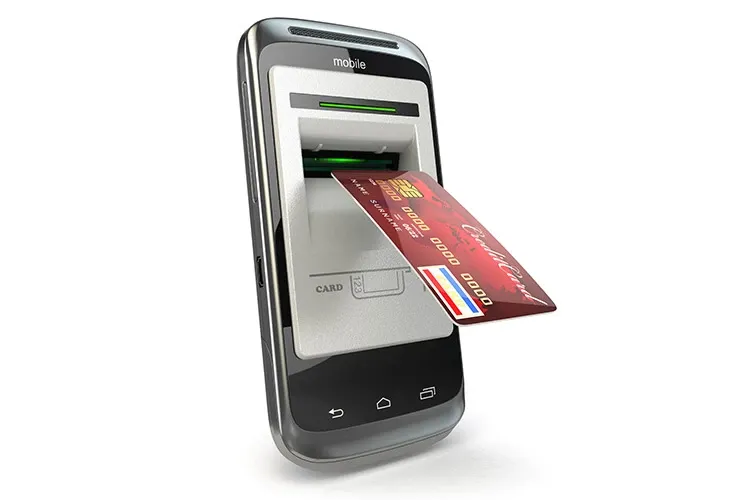XR Shipments to Rebound in 2025
With 2025 coming to a close, IDC forecasts global XR device shipments, including headsets and glasses, to grow 41.6% in 2025, reaching 14.5 million units.

According to Visa’s 2016 Digital Payments Study, the number of consumers regularly using a mobile device, whether a smartphone, tablet or wearable, to make payments has tripled in the past year. Currently, 54% of consumers surveyed regularly use a mobile device to make payments for a range of activities, compared to just 18% who were asked whether they used mobile payments to pay for everyday goods and services when the same study was conducted last year.
The study, which surveyed more than 36,000 online consumers in 19 European countries, reveals how consumer adoption of digital payments has shifted dramatically in the last 12 months. One year ago, 38% of the people surveyed said they had never used a mobile device to make payments and had no plans to do so. Today, that number has dropped to 12%.
When looking at the top ten countries where mobile payments are most prevalent, they fall into two categories: developing markets such as Turkey and Romania, which have been leapfrogging traditional payment methods to adopt new technologies faster; and developed markets - particularly the Nordics - which are evolving to new technologies at differing paces. Interestingly, Mobile Payments users also say that they are as comfortable making more expensive purchases on mobile devices as they are with everyday payments.
When it comes to goods and services, Mobile Payments are most commonly used in the following situations: Paying household bills 53%; Paying for bus and train tickets 47%; Buying high-value items (holidays, furniture) 44%; Purchasing takeaway food 40%; Buying music, TV shows and movies 36%.
The research also shows that mobile banking activity is increasing across all age groups. For the first time, more than half of European respondents in all age brackets are using mobile banking. Whilst millennials remain the most prolific category, other age groups are rapidly catching up. With a growth rate of 33%, the highest growth rate is the 55-64 year olds, while millennials 18-34 have a growth rate of 24%. Across Europe, the uptick in the number of respondents using mobile banking is also helping more people to keep track of their spending and financial responsibilities, two-fifths (41%) say they regularly check their balance online or via a banking app.
This increase in engagement with digital payments coincides with greater adoption of contactless technology. The research indicates that, across all age groups, contactless payments are now the norm. Europe-wide, contactless users are also consistently more open to embracing newer payment methods than those who don’t use contactless cards. The study highlights the correlation between contactless usage and new payment methods, revealing that contactless card users are more interested in using a mobile device as a payment method in a shop (52% contactless card user vs 32% non-contactless card user), shopping via a retailer app (49% vs 31%) or using a mobile device to pay for a meal (50% vs 30%).